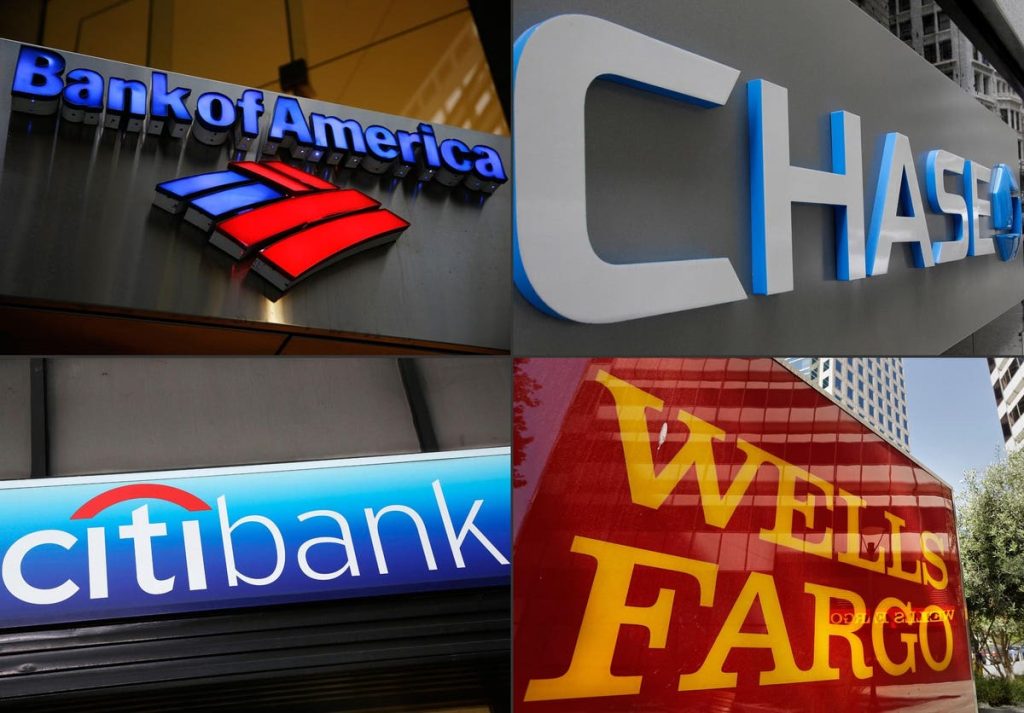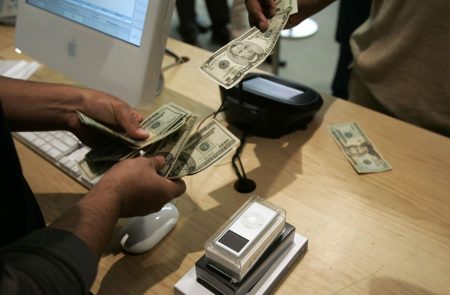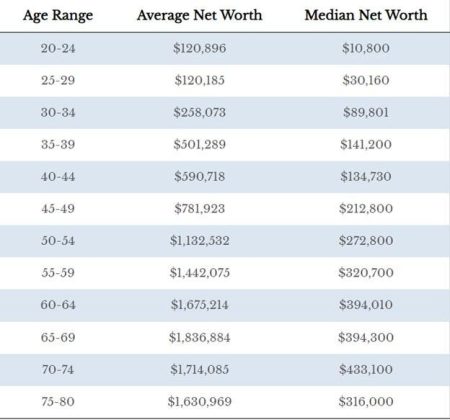Bank stocks outperformed, and the overall market had a week of robust gains, with the S&P 500 2.3% higher. Large banks, as measured by the Invesco KBW Bank ETF (KBWB
KBWB
KRE
The U.S. banking system has been under scrutiny since the sudden collapse and seizure of Silicon Valley Bank (SIVBQ) by the FDIC on March 10. The challenge of analyzing bank safety is that a severe loss of confidence can actually cause an otherwise functioning financial institution to come under duress. The Invesco KBW Bank ETF is down over 20% year-to-date, while the S&P 500 is almost 16% higher. As measured by the SPDR S&P Regional Banking ETF, regional banks have declined over 30% year-to-date.
A straightforward way to measure the stress in the U.S. banking system is the magnitude of bank support provided by the Federal Reserve via various facilities. The most common is the discount window, which banks generally avoid, but the facility can provide emergency liquidity. In addition, following the collapse of Silicon Valley Bank, the Federal Reserve announced a new facility to help banks meet withdrawal requests from depositors and restore confidence. The Bank Term Funding Program (BTFP) allows banks to borrow up the face value of any government bonds held in the bank’s portfolio at a very reasonable rate. The Paycheck Protection Program (PPP) facility was created in 2020 to provide support during the pandemic. Other credit is the support of the bridge banks, operated by the Federal Deposit Insurance Corporation (FDIC) until they can be sold or liquidated.
With the seizure of Silicon Valley Bank and Signature Bank, discount window and bridge bank credit usage soared. The credit used by the bridge banks has declined as the FDIC made some headway in winding down the failed banks. The disappearance of almost any discount window usage is a distinctly positive sign. Overall, the trend of decreased Fed bank lending across its facilities since the end of March is evidence of healing.
Unfortunately, the banking system saw net deposit outflows across large and small banks. Notably, the 25 largest banks, which include many midsize regional banks, have lost about 1.8% of their deposit base since the failure of Silicon Valley Bank, while the smaller banks lost 3.8%. However, more recently, deposits have been positive in both large and small banks.
Government money market funds have seen outflows for the previous three weeks. Cash had been flowing into government money market funds rapidly since March, which confirmed the pressure on the banking system from deposits leaving. Notably, the pace of inflows into government money market funds has moderated significantly since the apex of the banking crisis. This movement, also known as “cash sorting,” reflects savers reaching for higher yields while avoiding the credit risk at banks. Cash sorting started before the crisis began and seems likely to continue to some degree while short-term U.S. Treasury yields exceed the interest rates banks pay depositors.
Banks have continued to make loans despite the crisis. Loan growth should be expected to slow if banks are forced to hoard extra liquidity to bolster their defenses against possible additional deposit flight and increased loan losses.
The evidence remains inconclusive that any significant loan rationing from the banks is occurring yet, even if it seems a likely outcome of the crisis. So far, all that can be pointed to is a moderation in the pace of increase in bank loans year-over-year, though the deceleration of commercial real estate (CRE) loans is notable. Most commercial real estate loans are provided by smaller banks, which are the ones most threatened by this banking crisis, so that remains an area of concern.
Bank valuations look enticing, selling well below their 5-year averages and the market in general. For example, the large and regional banks sell for 8.4 and 7.9 times estimated earnings, respectively, while the S&P 500 is 19.3 times. In addition, the expected dividend yield on the banks at over 4% compares very favorably with the S&P 500 at 1.6%. This level of relative valuation is typically favorable to forward returns for banks. However, when a recession or other issues cause loan losses to mount, the downside for bank stocks remains significant. Banks are also subject to looming revisions to Basel 3 and other regulatory changes, which could negatively impact their future earnings power.
While the valuations and pullback in the shares make banks attractive on the surface, the dual concern about a recession later in the year and the looming downtown office real estate glut provide pause. Generally, the view is that the mega banks are safe and might benefit from the deposit flight from and worries about the smaller banks. In addition, large banks have less exposure to the potential looming issues with office real estate loans. Continuing to hold the large banks or perhaps adding selectively makes sense, but it seems too early for a large wager on the banks, and investors should tread very carefully in smaller banks.
Read the full article here















